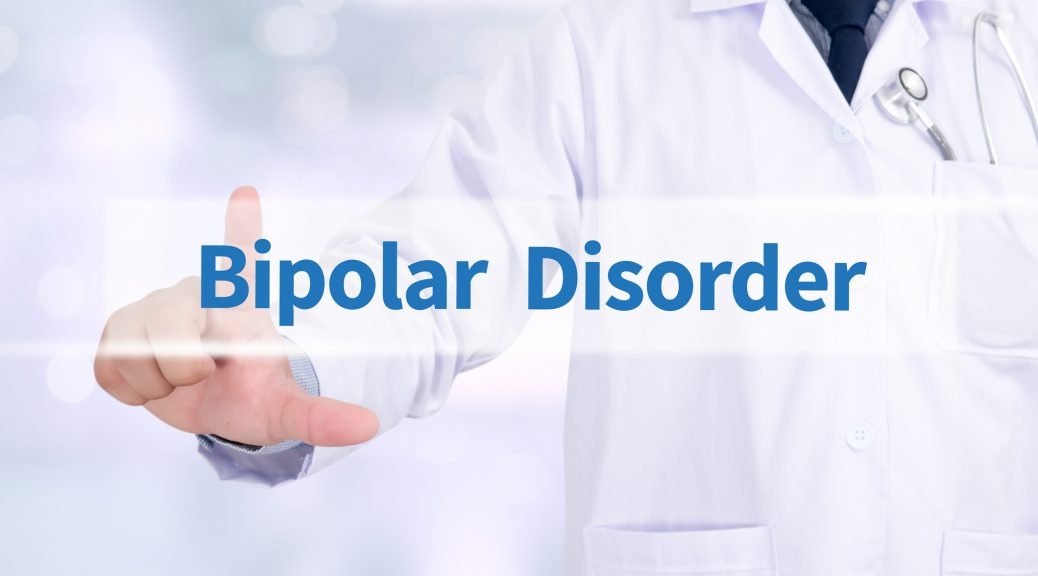Bipolar and Related disorders:
The bipolar in bipolar disorder refers to the fluctuation between depression and mania sometimes in a very dramatic, severe way. Earlier in the 19th century, mental health professionals used the terms manic depression and affective psychosis to describe bipolar disorder. In the first edition of the DSM (Diagnostic And Statistical Manual of Mental Disorders), bipolar disorder was referred to as manic depressive illness and was later renamed bipolar disorder in the DSM-III because of the stigma attached to mania and an attempt to describe and focus on the polarity between the two different symptom patterns of depression and mania.
The diagnosis of bipolar disorder has increased significantly especially among adolescents since the DSM-III. A report by CNN concluded that as many as 4.4% of individuals in the United States may receive some type of diagnosis along the bipolar spectrum in their lifetime. Unfortunately, individuals with bipolar disorder have the highest suicide rate among all of the mental health disorder diagnoses, with the rate of anywhere from 10 to 20 times higher than the general population in the United States.
Specific Bipolar and Related Disorders and DSM-5 Diagnostic Codes:
The following specifiers apply to bipolar related disorders were indicated: specify: with anxious distress (specify current severity: mild, moderate, moderate-severe, severe); with mixed features; with rapid cycling; with melancholic features; with atypical features; with mood-incongruent psychotic features; with mood-incongruent psychotic features; with catatonia (use additional code 293.89 [F06. 1]); with peripartum onset; with seasonal pattern
Bipolar I Disorder:
Current or Most Recent Episode Manic:
296.41 (F31.11) Mild
296.42 (F31.12) Moderate
296.43 (F31.13) Severe
296.44 (F31.2) With psychotic features
296.45 (31.73) In partial remission
296.46 (F31.74) In full remission
296.40 (F31.9) Unspecified
296.40 (F31.0) Current or most recent episode hypomanic
296.45 (F31.73) In partial remission
296.46 (F31.74) In full remission
296.40 (F31.9) Unspecified
Current or Most Recent Episode Depressed:
296.51 (F31.31) Mild
296.52 (F31.32) Moderate
296.53 (F31.4) Severe
296.54 (F31.5) With psychotic features
296.55 (F31.75) In partial remission
296.56 (F31.76) In full remission
296.50 (F31.9) Unspecified
296.7 (F31.9) Current or most recent episode unspecified
296.89 (F31.81) Bipolar II Disorder
Specify current or most recent episode: Hypomanic, Depressed
Specify courses if full criteria for a mood episode are not currently met: In partial remission, In full remission
Specify severity if full criteria for a mood episode are not currently met: Mild, Moderate, Severe
301.13 (F34.0) Cyclothymic Disorder
Specify if: With anxious distress
Substance/Medication – Induced Bipolar and Related Disorder
Note: See the criteria set a corresponding recording procedures for substance-specific codes and ICD-nine-CM and ICD-10-CM coding.
293. 83 Bipolar Related Disorder Due to Another Medical Condition
specify if:
(F06.33) With manic features
(F06. 33) With manic-or hypomanic-like episode
(F06. 34) With mixed features
296.89 (F31.89) Other Specified Bipolar Related Disorder
296.80 (F31.9) Unspecified Bipolar and Related Disorder



